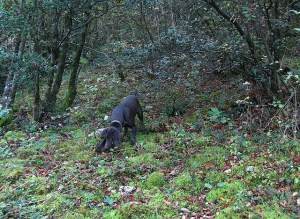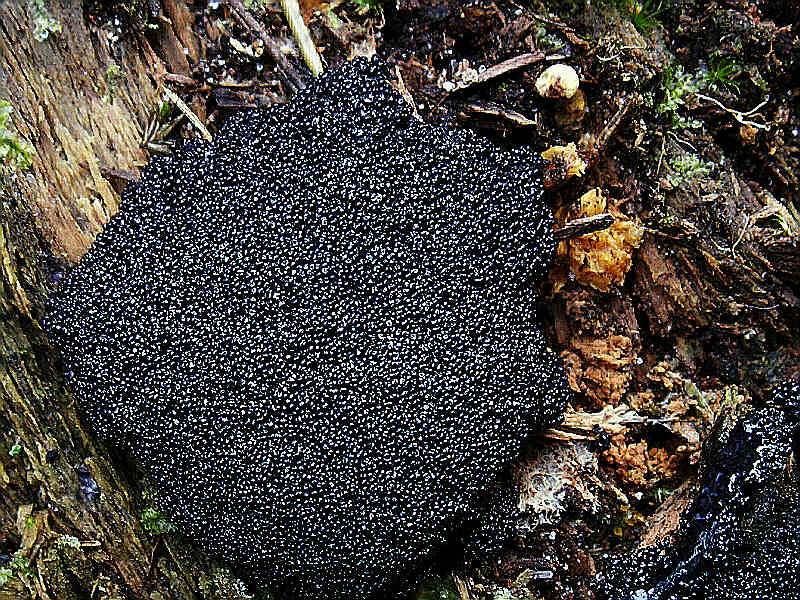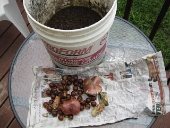posted 14 years ago
I wouldn't imagine that training a dog to find mushrooms would be much of a chore at all (in fact, could be a whole lot of fun and rewarding for both handler and dog!).
Would consist of teaching the dog to "find" the mushrooms as well as teaching the dog to "alert" on the mushrooms. Personally, I wouldn't want a dog to dig up my truffles, I'd prefer to do that myself.
I use clicker training and positive training methods with my dogs. Makes it quick and easy to train. If I were training for shroom detection, I would probably utilize PVC pipe scent tubes, being careful not to contaminate them with my own scent (that's cause I'm a loser <VBG> I lose things (keys, debit card, flashlights... you name it, I lose it) and my dogs are expected to find them for me, so are trained to find objects with my scent. My old girl (will be 12 years old on Monday, happy birthday!) she is trained to find specific people based on a scent object, is trained to find nonspecific people (without a scent article, will find everyone with in a certain range). She's trained to find specific items ("it") which she has just been shown/allowed to smell. She is also trained to find "stuff"- "stuff" is tough and hard to train.. it means ANY ITEM with human scent. A couple of years ago she "cleared" a grocery store parking lot. The lost item, which we didn't have a scent for was a key to a post office box or safe deposit box (can't remember which), she found hair barrettes, pencils, ear rings, etc and everything she found she was a great girl and got lots of praise. Then she found the key! Not bad for an oldster with multiple health issues. Although active in Search and Rescue at one point in our lives, most of her training has been done for fun/entertainment of both of us.
Anyway, I would start with some scent tubes of PVC pipe... can go into more detail.. but just got interrupted. If anyone is interested in me continuing let me know and I'll finish later...
Thanks

















































































